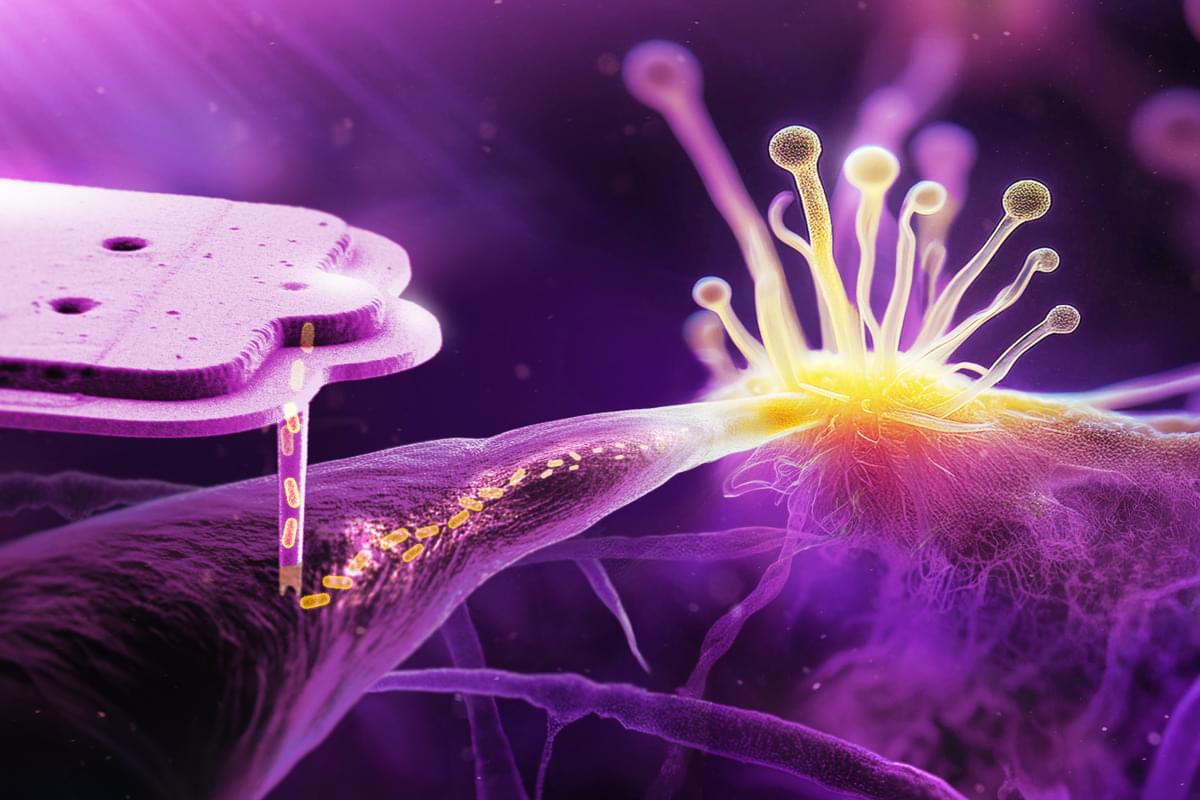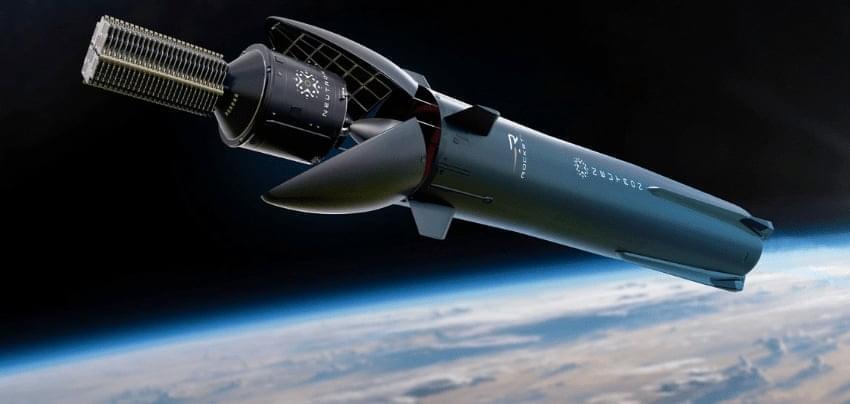W/ Dr. George E.A. Matsas of Sao Paulo State University. How many fundamental constants are needed to describe the observable universe?



In economics, the Jevons paradox (/ ˈ dʒ ɛ v ə n z / ; sometimes Jevons effect) occurs when technological advancements make a resource more efficient to use (thereby reducing the amount needed for a single application), however, as the cost of using the resource drops, overall demand increases causing total resource consumption to rise. [ 1 ] [ 2 ] [ 3 ] [ 4 ] Governments have typically expected efficiency gains to lower resource consumption, rather than anticipating possible increases due to the Jevons paradox. [ 5 ]
In 1865, the English economist William Stanley Jevons observed that technological improvements that increased the efficiency of coal use led to the increased consumption of coal in a wide range of industries. He argued that, contrary to common intuition, technological progress could not be relied upon to reduce fuel consumption. [ 6 ] [ 7 ]
The issue has been re-examined by modern economists studying consumption rebound effects from improved energy efficiency. In addition to reducing the amount needed for a given use, improved efficiency also lowers the relative cost of using a resource, which increases the quantity demanded. This may counteract (to some extent) the reduction in use from improved efficiency. Additionally, improved efficiency increases real incomes and accelerates economic growth, further increasing the demand for resources. The Jevons paradox occurs when the effect from increased demand predominates, and the improved efficiency results in a faster rate of resource utilization. [ 7 ] .
Now, thanks to a brain implant, he’s experienced the thrill in a simulation. By picturing finger movements in his mind, the 69-year-old flew a virtual drone in a video game, with the quadcopter dodging obstacles and whizzing through randomly appearing rings in real time.
T5 is part of the BrainGate2 Neural Interface System clinical trial, which launched in 2009 to help paralyzed people control computer cursors, robotic arms, and other devices by decoding electrical activity in their brains. It’s not just for gaming. Having the ability to move and click a cursor gets them back online. Googling, emailing, streaming shows, scrolling though social media posts—what able-bodied people spend hours on every day—are now again part of their lives.
But cursors can only do so much. Popular gaming consoles—PlayStation, Xbox, Nintendo Switch—require you to precisely move your fingers, especially thumbs, fast and in multiple directions.

Researchers at Cornell University on Monday showcased a pair of bio-inspired robotics running on a hydraulic fluid-powered battery. The redox flow battery (RFB) also mimics biological functions, as it releases electrolytic fluids, which dissolve to create energy through chemical reaction.
The first two robots on display are a modular worm and a jellyfish, designed by the Cornell Engineering labs. The batteries powering these systems utilize embodied energy, “an approach that incorporates power sources into the body of a machine, to reduce its weight and cost,” according to the school.
Mechanical and aerospace engineering Professor Rob Shepherd describes the underlying technology thusly: “There are a lot of robots that are powered hydraulically, and we’re the first to use hydraulic fluid as the battery, which reduces the overall weight of the robot, because the battery serves two purposes, providing the energy for the system and providing the force to get it to move.”




3D printing news News NASA and Rocket Lab Enter a New Era With the Neutron Rocket.
Published on January 27, 2025 by Madeleine P.
With the goal of further expanding its reach in space missions, NASA has signed an agreement with Rocket Lab USA, Inc. to integrate the Neutron rocket into the VADR program. This is a program to procure launch services at competitive prices and reduce mission requirements for spacecraft that have not yet been launched into orbit. Neutron is a medium-range launch vehicle manufactured by Rocket Lab USA that is partially reusable and powered by nine 3D-printed Archimedes engines designed to increase the efficiency and flexibility of space launches.

